

Croton Petra Plant - Codiaeum Variegatum
A bright burst of color on deep green leaves, the Croton Petra is a popular indoor plant as easy to care for as it is to love. The croton indoor plant has a reputation for being fussy, but in reality, if you know about caring for a croton houseplant properly, it can make for a resilient and hard-to-kill plant. Crotons come in a wide variety of leaf shapes and colors ranging from green, variegated, yellow, red, orange, cream, pink, and black to a combination of all these.
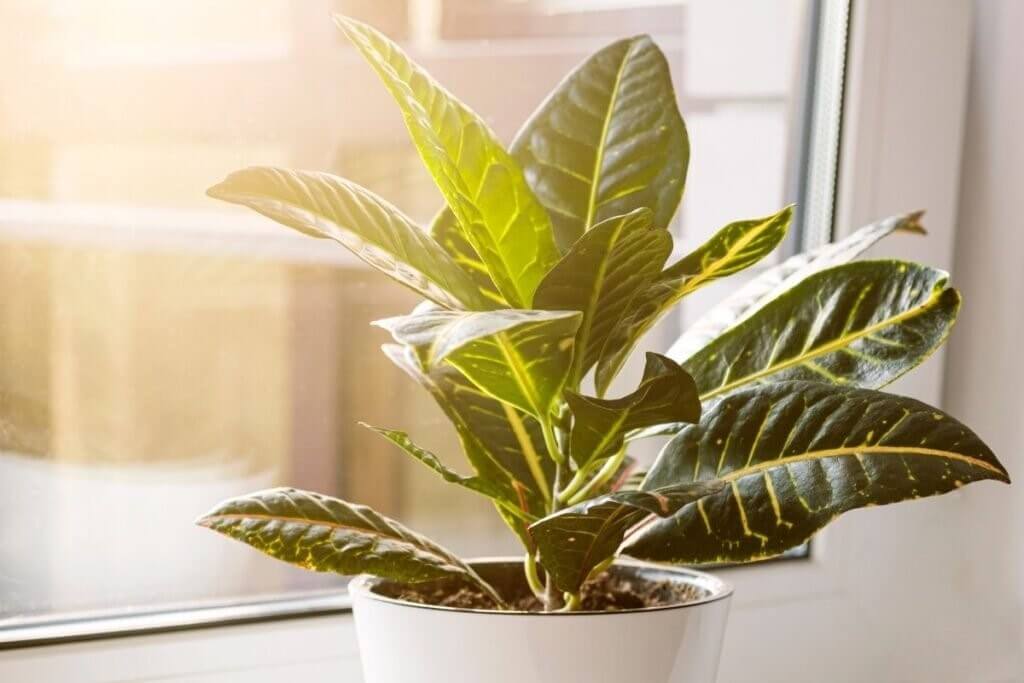

Light & Temperature
Place your croton where it will receive six to eight hours of bright, unfiltered sunlight each day. Provide shade from direct summer sun during the hottest part of the day. Vibrant colors depend on if it gets sufficient bright light. If the plant lacks the light it requires, the leaves will turn green.
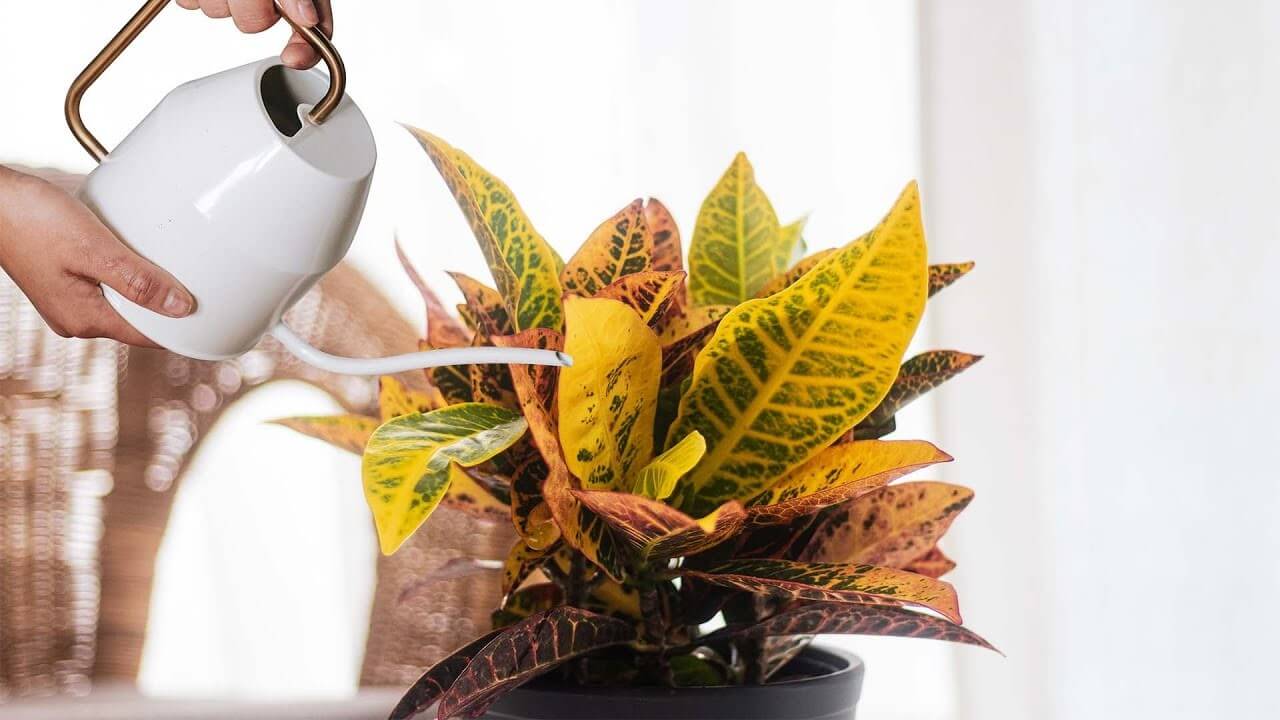

Watering
Place your croton where it will receive six to eight hours of bright, unfiltered sunlight each day. Provide shade from direct summer sun during the hottest part of the day. Vibrant colors depend on if it gets sufficient bright light. If the plant lacks the light it requires, the leaves will turn green.
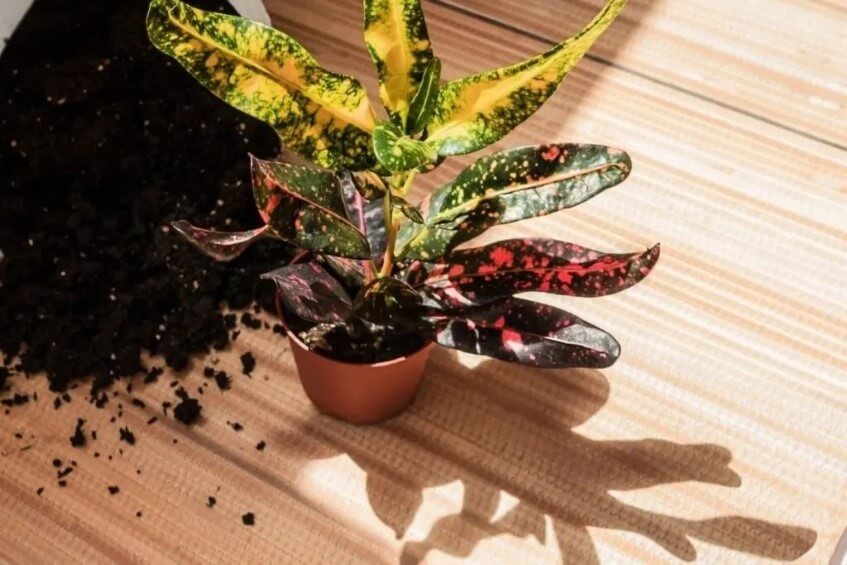

Fertilization
A well-drained, moist soil that has been enriched with compost is ideal. This plant prefers humus-rich, acidic soil. Fertilize your croton about once every 2-3 weeks with a 3-1-2 liquid fertilizer, or less frequently using a slow-release form. If the plant seems to be stunted or suffering from a nutritional deficiency, increase fertilizer quantities slowly, since too much can cause the leaf colors to become dull.
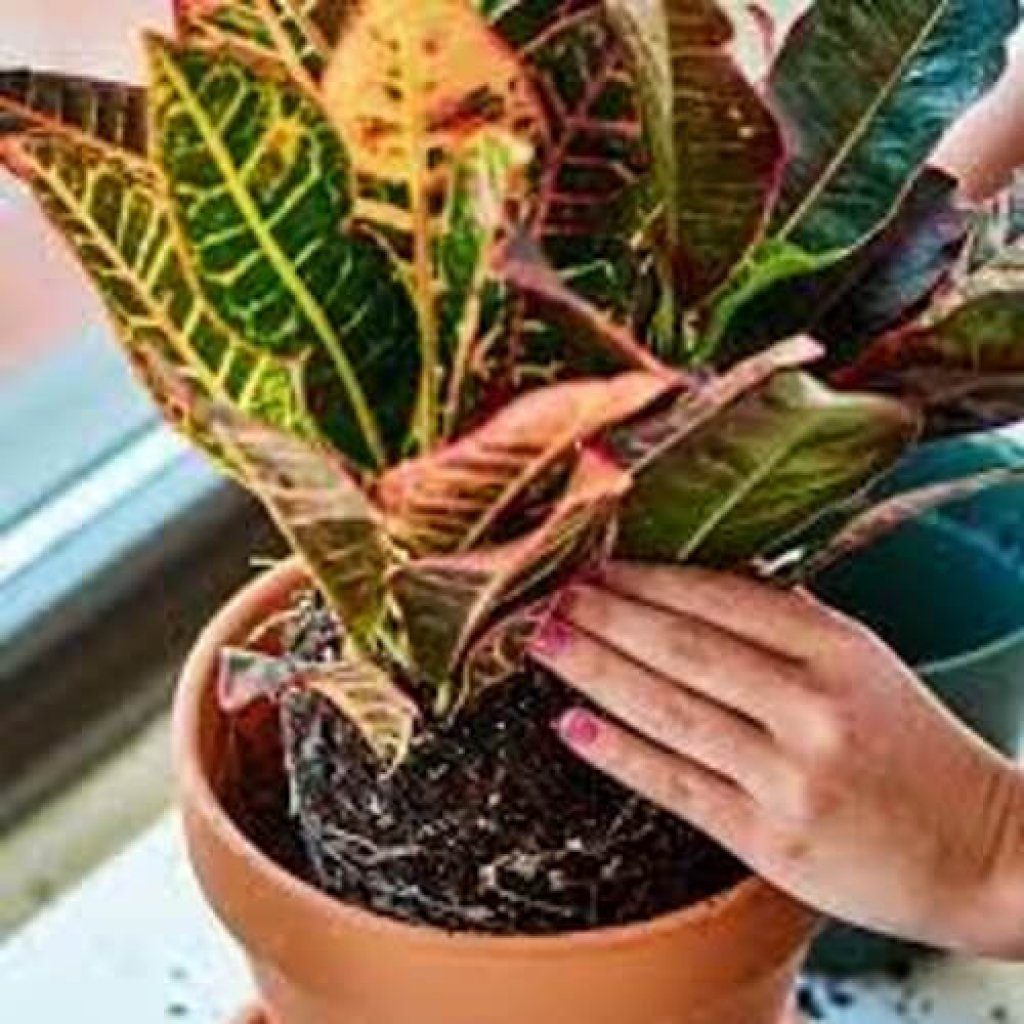

Repotting Croton Petra Plant
Repot a young croton every year in the spring or early summer for the first three growing seasons. After that, only repot when you notice roots growing out of the drainage holes or see roots growing at the soil level. Get a container with ample drainage holes. It should be only one size larger than the plant’s current container. Put one to two inches of damp peat-based potting soil into the bottom of the new container.
Remove the plant from its old container by turning the croton on its side and gently sliding it out of its container. Set it in the centre of the new pot. Fill in around the roots with potting soil. Water the plant and add additional soil if needed to bring the soil level to about one inch below the rim of the new container.
Pruning
These plants respond well to trimming, so if your croton plant becomes leggy, prune it back hard at the beginning of the growing season. Remove unhealthy leaves and branches or if you want to maintain a specific shape. Trim just above a node or leaf set. Try not to remove more than 1/3 of the stem at one time. The plant will regrow from the cut portion. If pruning an indoor plant, move it outside once it’s been hardened off or gradually introduced to outdoor conditions for a week.
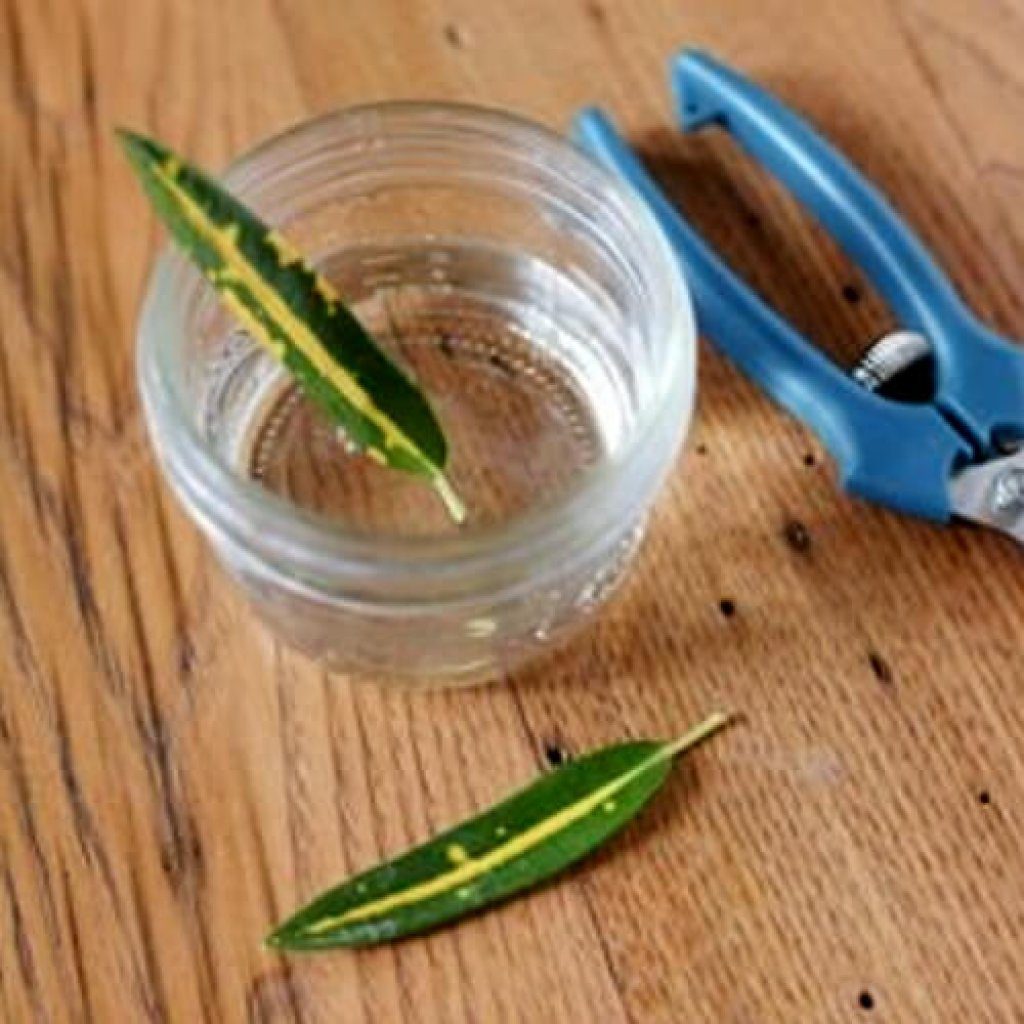



Propagating Croton Petra Plant
Follow these simple steps to propagate a piece of your Croton Petra:
- Select a section that is at least three inches long has a few leaves and cut the stem with a clean blade right above a node. A node is a bump in the stem where leaves or branches shoot out.
- Fill a small container with a lightweight potting mixture (like sphagnum moss) and put the cutting inside. Lightly mist the potting soil and cover with plastic wrap to create humidity, this mimics a tropical or greenhouse atmosphere. It should stay moist for several weeks, but you can always uncover the container and check to make sure.
- Place the cutting in indirect sunlight, bright sunlight can burn your cutting, and wait. When you see a few roots have grown your new Croton Petra is ready to be potted!
Plant Care Tips
- Dull Leaf Coloration: The plant’s most vibrant colors come with bright light, but the temperatures must not be sweltering. Summer in tropic zones might be a little too much for some croton. Reduce or hold off on applying fertilizer during a heatwave or higher temps. Intensely hot days will stress out croton and may cause greying or flat colors. Check water levels and don’t let the plant dry out during periods of high heat.
- Curling or Rolling Leaves: Leaves can roll or twist when the leaves get large and the color is flat or full. To fix this, reduce fertilizer. The plant is likely growing too quickly and may need more light to grow properly. Move the plant to a location with more lighting if you can.
- Leaf Drop: Crotons will drop their leaves at any hint of cool temperatures or cool drafts. Bring in the plant if your plant is in a pot outdoors and the forecast calls for temperatures dipping below 50 F.
- Mealybugs or scale may hide under stems and leaves. To remove the pests, use a spray bottle of water or wipe the insects off gently with a bit of rubbing alcohol on a paper towel or cotton swab. Repeated applications will be necessary to remove the pests’ offspring. If the plant is too heavily infested, it may be better to take a clean cutting from it and start anew.




Our Favourable Aspects
Potting Mixture: It’s a mixture of appropriate amounts of soil, cocopeat & organic vermicompost. Provides best environment to the plant’s roots. It also contains slow-release Fertilizer which gives nutrients to the plants every time it is watered for 6 months.
· Packaging: Plant is secured in a good quality cardboard packaging. Inner Box holds the potted plant in place so that any movement during transit does not affect the plant. Outer box has slits which allow the plant to breathe freely during transit.

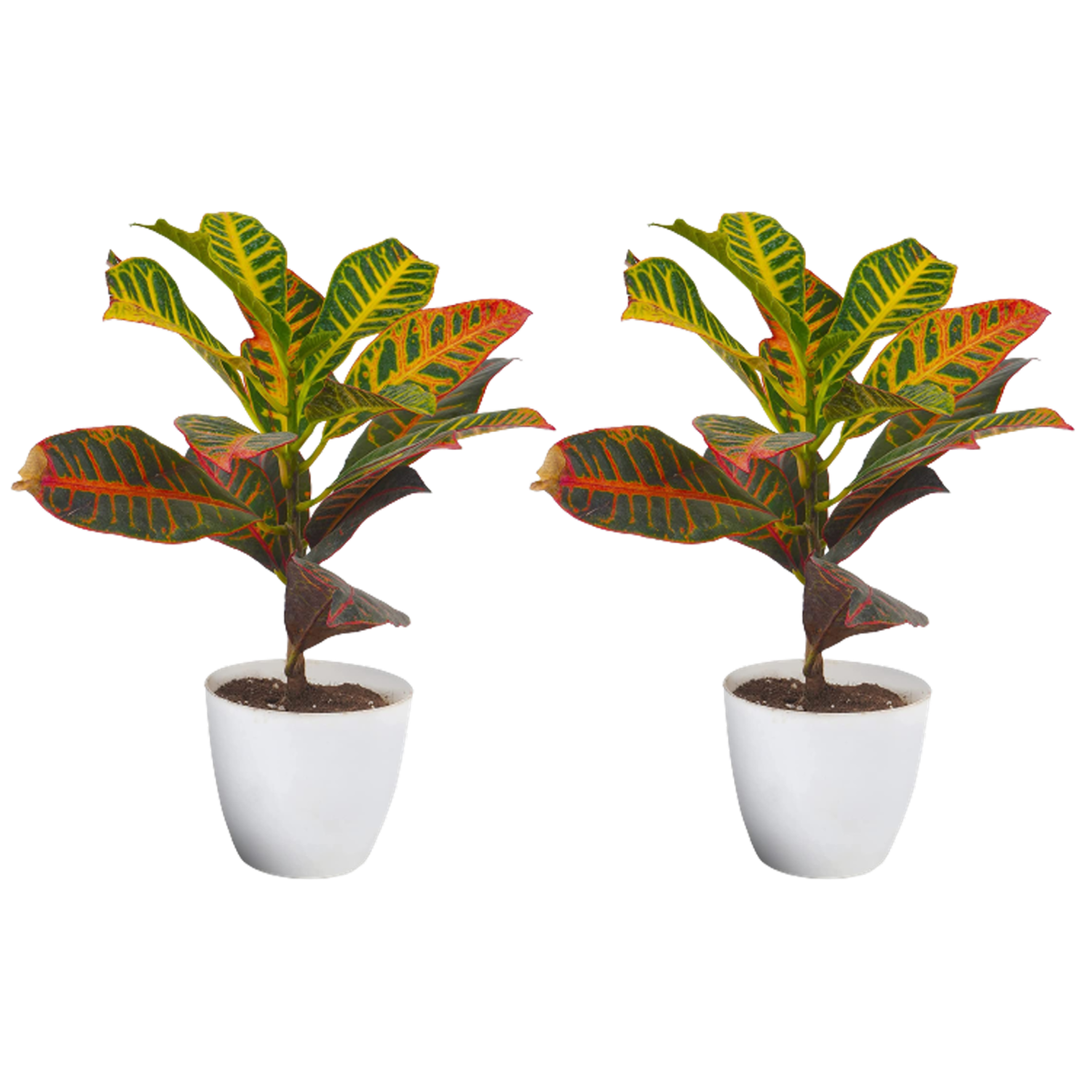



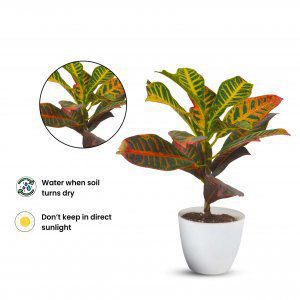

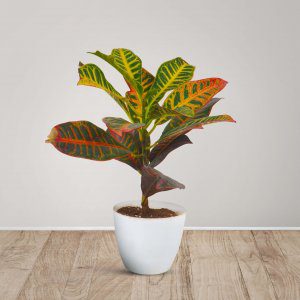
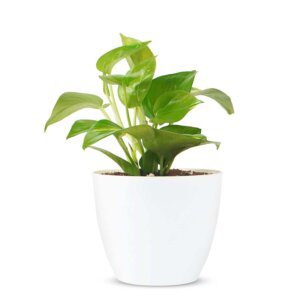
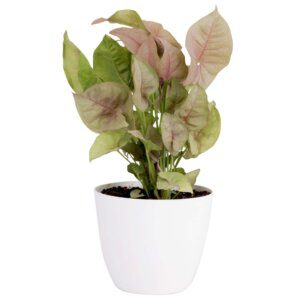

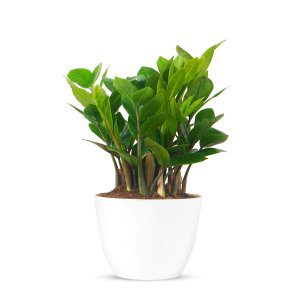
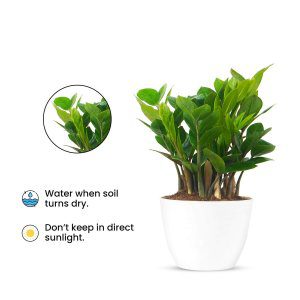
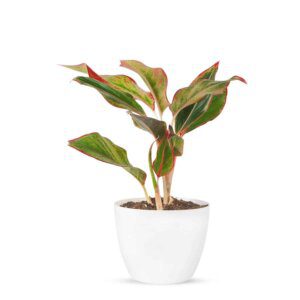

Reviews
There are no reviews yet.